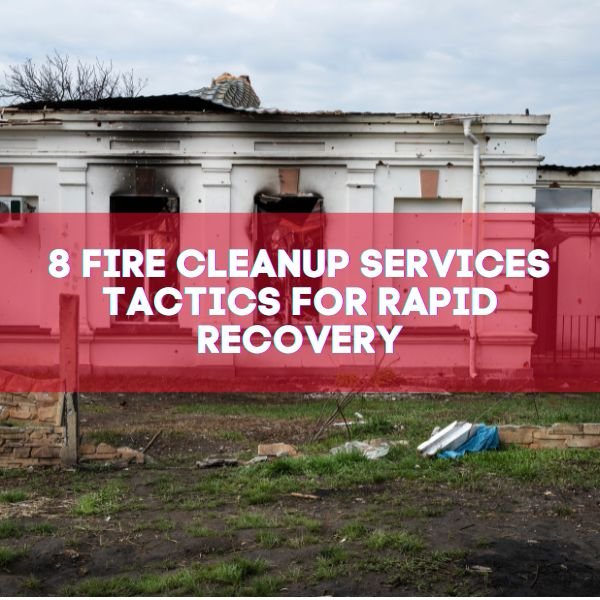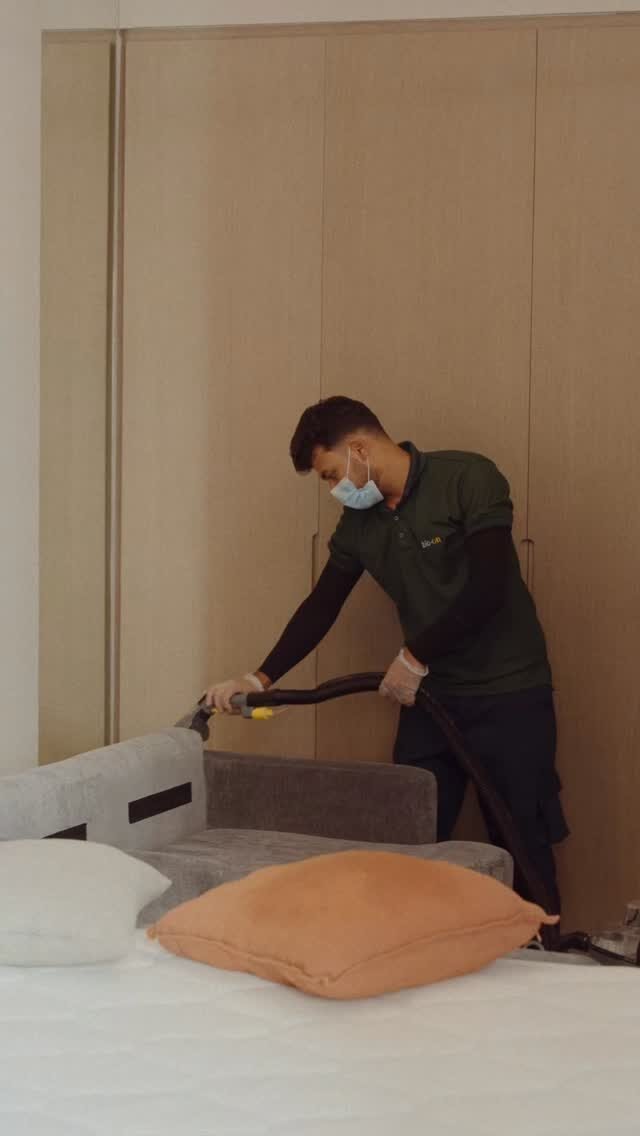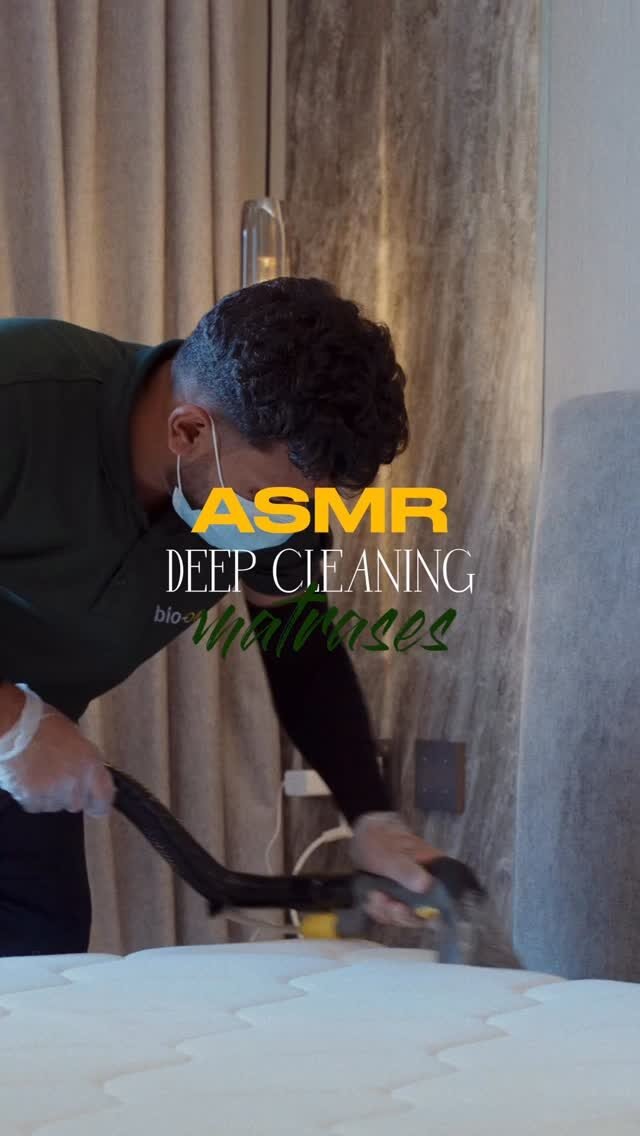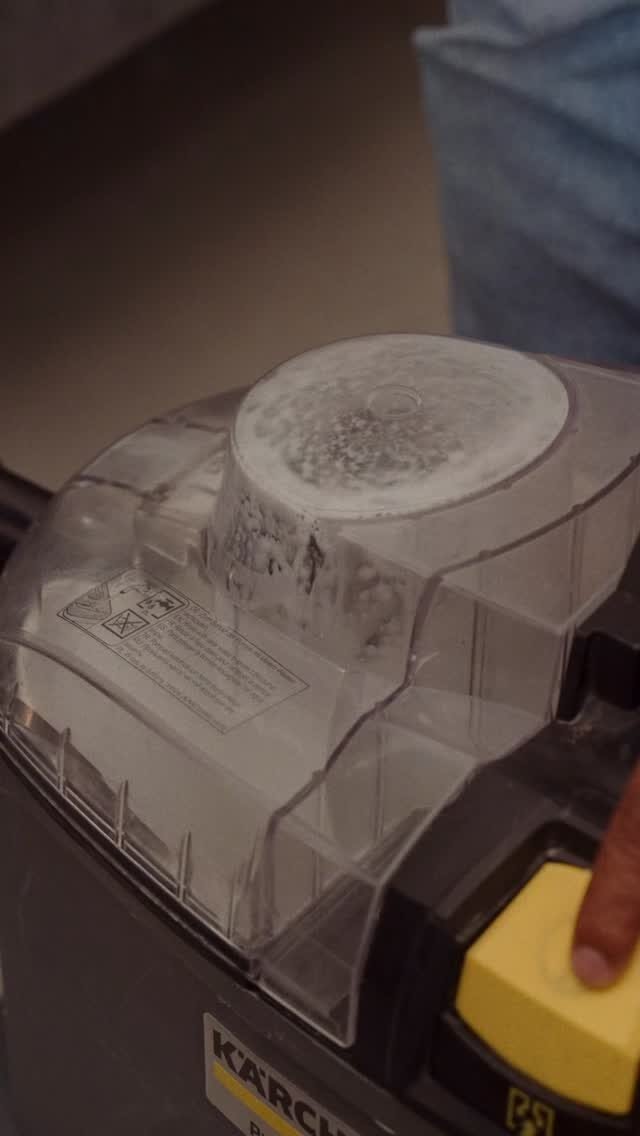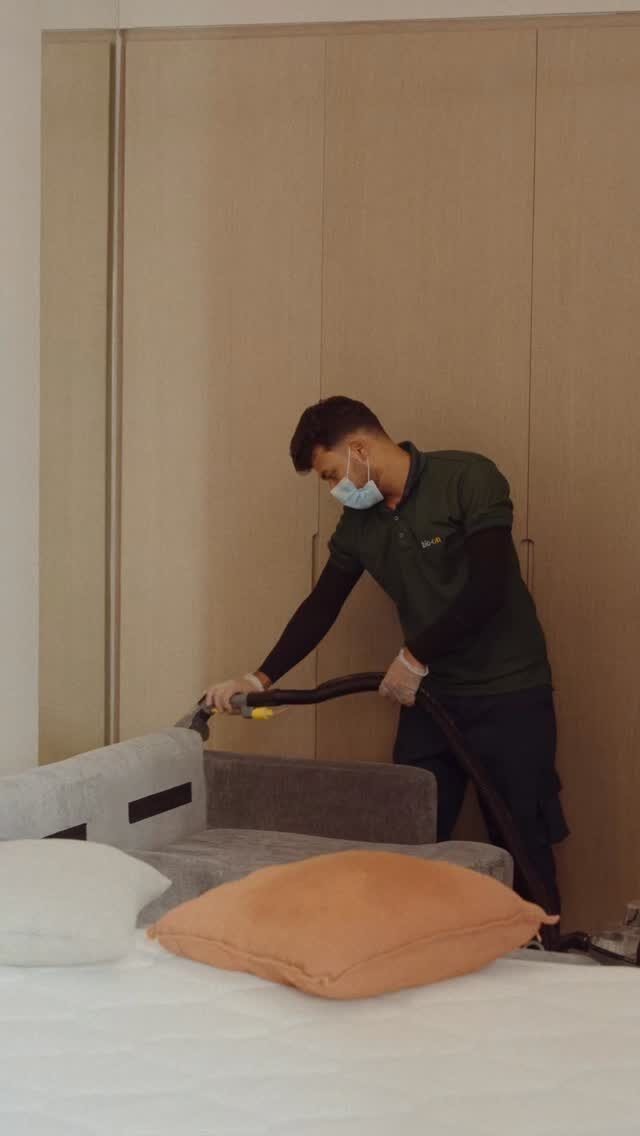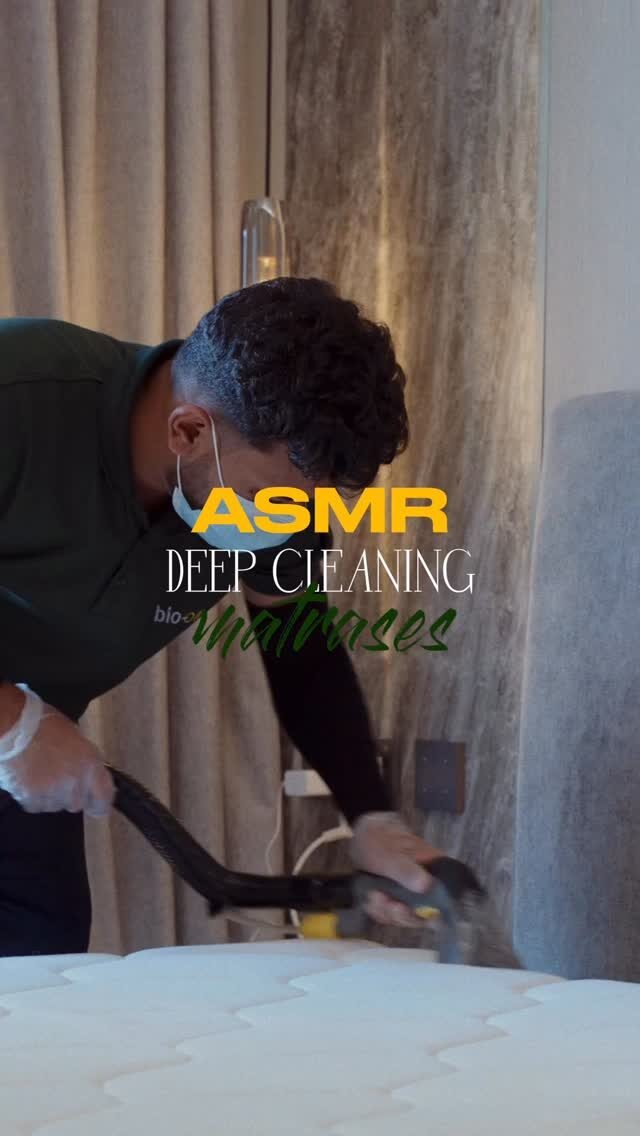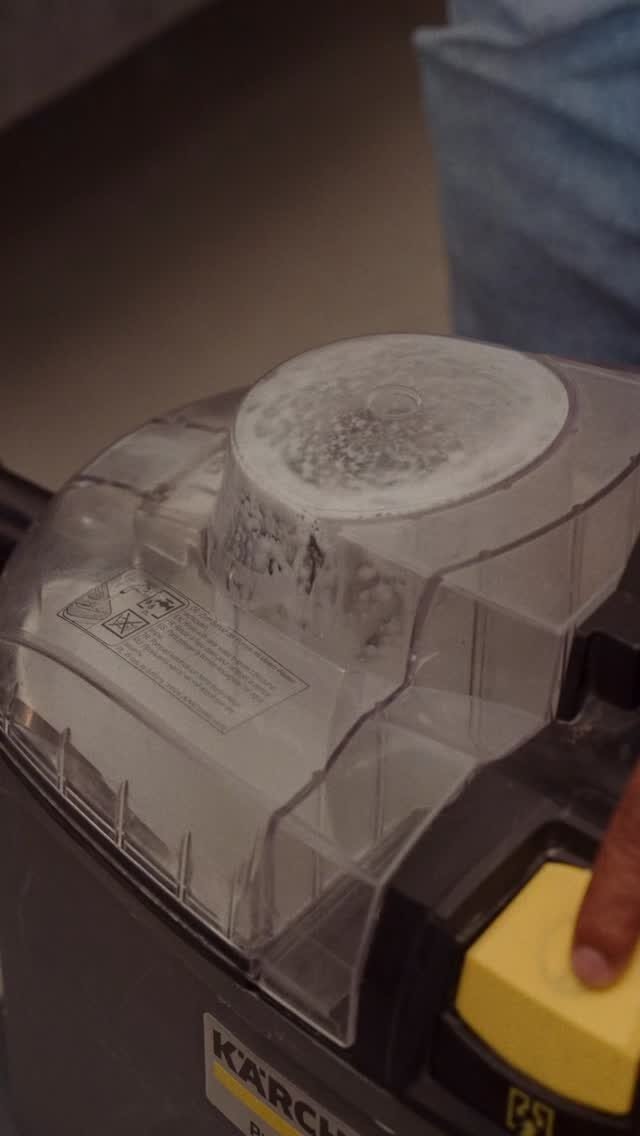Hey there! If you’re grappling with the aftermath of a fire, understanding the ins and outs of fire cleanup services can significantly ease your path to recovery. It’s not just about clearing the debris; it’s about restoring your space to its former glory, safely and efficiently. In this guide, we’ll unveil eight secrets tactics that promise a rapid recovery, ensuring you’re well-equipped with the knowledge to tackle such challenging times head-on. Why is this important, you ask? Because knowledge is power, and in the face of adversity, it’s your strongest ally.
Table of Contents
Toggle#1 Understanding the Scope of Damage
Understanding the scope of fire damage is the first crucial step in the journey towards recovery and restoration. The extent of the damage goes beyond what’s immediately visible; it encompasses structural harm, smoke infiltration, and water damage from firefighting efforts. A thorough damage assessment is indispensable, laying the groundwork for a successful cleanup operation.
Initially, professionals conduct a visual inspection to identify the areas most affected by the fire. This includes examining the structural integrity of walls, ceilings, and floors, as well as assessing the condition of windows, doors, and roofing. However, the true extent of damage often lies beneath the surface. Hidden damages, such as water seepage into insulation materials, electrical wiring compromises, and smoke penetration within the HVAC system, can pose significant long-term problems if not addressed promptly.
A comprehensive assessment involves using advanced technology, like thermal imaging cameras, to detect heat variations within the structure. These variations can indicate hidden hotspots or moisture areas, which are critical to identifying unseen damage. Additionally, air quality tests are performed to measure the presence of harmful particulates and gases, ensuring the environment is safe for occupants.
The assessment isn’t solely about identifying damages; it’s also about strategizing the restoration process. Professionals need to decide which areas require immediate attention, the best methods for cleaning and restoration, and the estimated time and cost for the recovery. This phase is vital for setting realistic expectations and planning the cleanup process efficiently.
This detailed evaluation forms the cornerstone of any fire damage recovery strategy. It ensures that the restoration efforts are comprehensive, addressing both visible and hidden damages, ultimately leading to a safer and quicker recovery. Without this foundational step, the risk of overlooking critical issues could lead to prolonged damage and increased restoration costs.
#2 Immediate Steps to Take Post-Fire
Following a fire, the initial steps you take can significantly impact the speed and success of the recovery process. Immediate action focuses on securing the site and preventing further damage, an approach that balances urgency with the safety of all involved. Professional fire cleanup services play a critical role in this phase, offering expertise that ensures effective and efficient handling of the situation.
Firstly, ensuring the property is structurally safe is paramount. This involves professionals conducting a preliminary safety inspection to determine whether entering the building is safe. Areas weakened by fire may collapse, posing serious risks. Electrical systems need to be evaluated to prevent electrical fires or shocks, and gas leaks must be identified to avoid further hazards.
Water removal is the next critical step. Firefighting efforts often leave significant water accumulation, which can lead to mold growth and structural damage if not addressed quickly. Professional services use industrial-grade pumps and dehumidifiers to dry out the premises thoroughly and rapidly.
Ventilation is another immediate priority. Opening windows and using fans to circulate air helps in removing smoke and soot from the environment. This step is crucial for both safety and the preservation of the property, as prolonged exposure to these elements can exacerbate damage to structures and belongings.
Securing the property to prevent unauthorized access is also essential. Fire-damaged properties can be vulnerable to theft or vandalism. Boarding up broken windows and doors helps in safeguarding the premises during the restoration process.
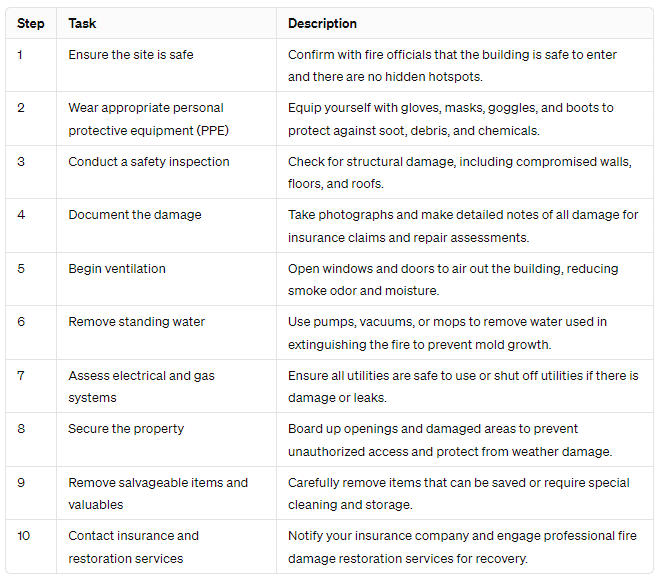
This phase of fire cleanup is about taking swift, calculated actions to stabilize the situation, mitigate further damage, and lay a solid foundation for the comprehensive cleanup and restoration that follows. Engaging professional services ensures that these critical first steps are executed with the precision and urgency required, setting the stage for a successful recovery process.
#3 The Science of Soot and Smoke Removal
The effective removal of soot and smoke is a critical aspect of fire cleanup, one that requires a nuanced understanding of the materials affected and the chemistry of the contaminants. Soot and smoke, if not properly addressed, can cause persistent odors, staining, and even health issues due to the toxic compounds they contain. The science behind their eradication is as much about chemistry as it is about careful physical removal.
To begin, it’s essential to categorize the affected materials since different surfaces require different cleaning techniques. Non-porous surfaces like metal and plastic can often be cleaned with dry sponging and mild detergents. However, porous materials such as wood and fabric absorb soot and smoke deeply, necessitating specialized techniques like thermal fogging and ozone treatment to neutralize the odors and chemicals trapped within.
Professional fire cleanup services utilize high-efficiency particulate air (HEPA) vacuums to safely remove soot particles from surfaces without pushing them into the air. This step is crucial in preventing the spread of soot into unaffected areas. Following the physical removal, chemical sponges and specially formulated detergents are used to treat surfaces, breaking down the oily residues that soot leaves behind, ensuring they are removed without damaging the underlying material.
Smoke odor poses its own unique challenges. Merely masking the smell is ineffective; the goal is to neutralize it at the source. This is achieved through advanced techniques such as ozone generation, which oxidizes smoke particles, effectively neutralizing the odor. Similarly, thermal fogging disperses deodorizing compounds that penetrate materials in a similar manner to the smoke, reaching it at its source.
Addressing soot and smoke damage requires a comprehensive approach that begins with the thorough removal of particulate matter, followed by the careful application of cleaning agents and deodorization techniques. Through a combination of physical cleaning and chemical treatment, professionals can effectively restore materials, ensuring a safe and clean environment post-fire.
#4 Odor Elimination Strategies
Odor elimination following a fire is a pivotal component of the cleanup process, demanding a blend of innovative strategies and advanced technologies to effectively neutralize lingering smells. Fire-related odors are not only unpleasant but can also be a constant reminder of the incident, affecting the wellbeing of occupants. The goal is to eliminate these odors at the molecular level, rather than merely concealing them.
One of the primary strategies involves the use of activated charcoal filters, which work by adsorbing odor-causing particles from the air. This method is particularly effective due to the large surface area of activated charcoal, which can trap a wide range of molecules. Another innovative approach is the use of hydroxyl generators. Hydroxyl radicals, produced by these generators, are highly reactive and can neutralize a broad spectrum of odors and volatile organic compounds (VOCs) in the air, making this method safe for use in occupied spaces.
The application of ozone generators is another powerful technique in odor elimination. Ozone (O3) reacts with odor molecules by transferring the extra oxygen atom, effectively oxidizing and thereby neutralizing the odor. However, due to the potential health risks associated with high concentrations of ozone, this method is reserved for use in unoccupied spaces, followed by thorough ventilation.
In addition to air-based treatments, addressing the source of odors involves deep cleaning of surfaces and materials. Specialized cleaning agents designed to break down smoke residue are used in conjunction with techniques such as hot water extraction for carpets and upholstery, ensuring that odors are not merely masked but truly eradicated.
Together, these advanced odor elimination strategies and technologies form a comprehensive approach to restoring air quality post-fire. By tackling odors both in the air and at their source, professional cleanup teams can ensure that spaces not only look clean but also feel truly refreshed and free from the remnants of fire-related smells.
#5 Salvaging What Matters: Item Restoration Process
Salvaging what matters in the aftermath of a fire goes beyond the immediate cleanup; it’s about carefully restoring personal items that hold value, whether sentimental or financial. This process requires a delicate balance between assessing damage and determining the feasibility of restoration. The criteria for this decision-making process include the extent of damage, the cost of restoration versus replacement, and the item’s sentimental value.
The restoration process begins with a thorough assessment of each item to determine the best cleaning method. Non-porous items like ceramics and metals can often be fully restored with specialized cleaning solutions that remove soot and smoke without causing further damage. For porous items such as clothing, textiles, and paper, the process is more complex due to their ability to absorb odors and contaminants deeply. Techniques such as dry cleaning, ultrasonic cleaning, and freeze-drying are commonly employed to restore these items effectively. Freeze-drying, for instance, is particularly effective for salvaging water-damaged books and documents, removing moisture without causing additional damage.
Electronics present a unique challenge due to the sensitivity of their components to heat, soot, and water. Professional restoration services often employ specialized techniques to clean and dry electronics thoroughly before testing and recalibrating them to ensure they are safe and functional.
The emotional aspect of item restoration cannot be understated. Restoring photographs, heirlooms, and personal keepsakes goes a long way in helping individuals recover from the trauma of a fire, providing a sense of continuity and comfort amidst loss.
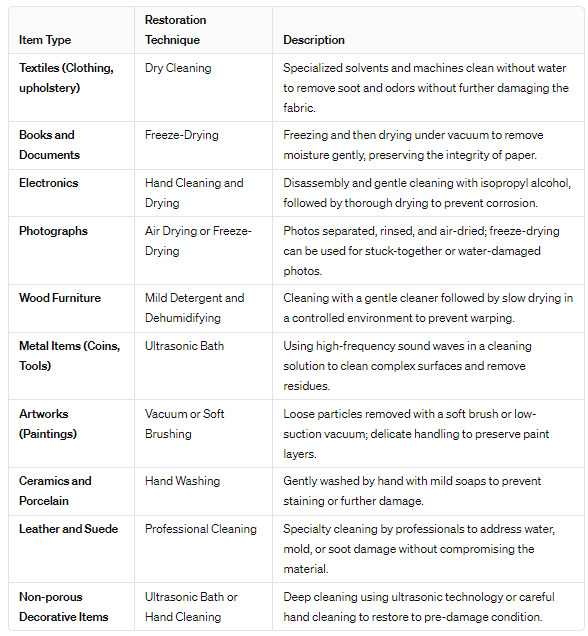
This meticulous approach to item restoration underscores the importance of expertise and technology in salvaging as much as possible. By applying appropriate techniques tailored to each item’s needs, professionals not only restore belongings but also help rebuild lives affected by fire, making the recovery process a bit easier to bear.
#6 Mold Prevention and Remediation
The link between fire damage and potential mold growth is a critical concern that requires immediate attention in the aftermath of a fire. The combination of water used in extinguishing the fire and the subsequent increase in humidity creates an ideal environment for mold spores to thrive and multiply. If not addressed promptly, mold can spread throughout the property, leading to health problems and further damage to the structure and its contents.
Mold prevention starts with rapid water extraction and drying processes. Professional cleanup teams utilize industrial-grade dehumidifiers and air movers to remove moisture from the air and surfaces, significantly reducing the risk of mold growth. It’s essential to start these processes as soon as possible because mold can begin to grow within 24 to 48 hours under the right conditions.
In addition to drying out the property, it’s important to remove any water-damaged materials that cannot be salvaged, as these can become sources of mold growth. Items such as carpets, insulation, and drywall that are saturated with water might need to be removed and replaced to ensure a mold-free environment.
After addressing moisture and removing contaminated materials, the next step is to apply antimicrobial treatments to affected areas. These treatments are designed to kill any existing mold spores and prevent new growth. Special attention is given to hidden areas, such as behind walls and above ceilings, where mold is likely to proliferate unseen.
Effective mold prevention and remediation in the wake of a fire are about more than just cleaning up; it’s about safeguarding the health of the occupants and the structural integrity of the building. By taking swift and comprehensive measures to control moisture and eliminate mold at its source, professional cleanup services play a vital role in ensuring a safe and healthy recovery from fire damage.
#7 Navigating Insurance Claims for Fire Damage
Navigating insurance claims for fire damage is a pivotal step in the recovery process, often fraught with complexity and the need for meticulous documentation. The objective is to ensure a smooth and fair settlement that covers the extent of the damage and the cost of restoration. This involves a series of well-coordinated steps, beginning with immediate communication with the insurance company to initiate the claim process.
Promptly after the fire, it’s crucial to document all damages with detailed photographs and videos. This visual evidence should capture the extent of the damage to both the structure and personal property. It’s beneficial to create a comprehensive inventory list of damaged items, noting their age, purchase price, and estimated replacement costs. This documentation becomes invaluable when negotiating with insurance adjusters, serving as tangible proof of the losses incurred.
In addition to compiling evidence of physical damage, it’s important to gather any receipts for expenses incurred as a result of the fire. This may include costs for temporary accommodations, emergency repairs, and any other expenses that the insurance policy may cover under loss of use or additional living expenses provisions.
Engaging with a professional fire damage restoration company early in the process can also be advantageous. These experts can provide detailed assessments and quotes for the repair and restoration work, further substantiating the claim. Their expertise in identifying both obvious and hidden damages can ensure that the claim accurately reflects the true scope of work required for a full recovery.

Throughout the claims process, maintaining open and consistent communication with the insurance company is vital. Providing thorough documentation and evidence, understanding the specifics of the insurance policy, and possibly consulting with a public adjuster or legal professional can help navigate the complexities of insurance claims, leading to a more favorable outcome and a smoother path to restoration.
#8 Long-term Recovery and Prevention Measures
Long-term recovery and prevention measures post-fire focus on rebuilding stronger, safer, and more resilient structures. This involves not only repairing the damage but also implementing upgrades and renovations that reduce the risk of future fires and facilitate a faster recovery should another incident occur. The journey to resilience is multifaceted, encompassing both physical improvements to the property and strategic planning.
Upgrading building materials plays a significant role in this process. Using fire-resistant materials for roofing, siding, and interior finishes can dramatically decrease a building’s vulnerability to fire. Additionally, installing or upgrading fire detection and suppression systems, such as smoke alarms and sprinkler systems, is crucial for early detection and control of fires, potentially saving lives and reducing damage.
Electrical systems should be inspected and updated if necessary to meet current safety standards. Old wiring, overloaded circuits, and faulty electrical appliances are common fire hazards that can be mitigated with professional assessments and upgrades.
Creating a disaster preparedness plan is another essential component of long-term recovery. This plan should include clear evacuation routes, a communication strategy for residents or employees, and an inventory of valuable items and documents. Educating all occupants on fire safety practices and emergency procedures ensures everyone knows how to respond in the event of a fire, minimizing panic and confusion.
By adopting these long-term recovery and prevention measures, property owners can not only restore their buildings but also enhance their resilience against future fires. This proactive approach to fire safety and preparedness not only protects physical assets but also provides peace of mind, knowing that the property is fortified against the threat of fire and ready for rapid recovery.
Why Bio On is Your Go-To Solution for Fire Cleanup Services
Bio On stands as your definitive solution for fire cleanup due to its unparalleled expertise and commitment to rapid, comprehensive recovery. With a team of seasoned professionals, Bio On employs advanced techniques and technologies to address every aspect of fire damage, from soot and smoke removal to odor elimination and structural restoration. The approach is tailored, ensuring each client receives focused, effective treatment that caters specifically to their needs.
Beyond the technical excellence, Bio On prioritizes customer care, offering 24/7 free consultations to ensure support is always within reach. This blend of expert service, cutting-edge solutions, and dedicated support makes Bio On the go-to partner for navigating the complexities of fire damage cleanup and restoration, guaranteeing a smoother, more efficient path to recovery.
Conclusion
In conclusion, navigating the aftermath of a fire requires a strategic approach that addresses both immediate cleanup and long-term recovery. By leveraging the eight secrets tactics outlined, individuals can ensure a comprehensive and efficient restoration process. Understanding the scope of damage, taking immediate steps to mitigate further loss, and employing advanced techniques for soot, smoke, and odor removal are critical. Moreover, prioritizing item restoration, mold prevention, navigating insurance claims, and implementing fire prevention measures will pave the way for a safer future. For expert guidance and a tailored recovery plan, don’t hesitate to reach out to Bio On’s team via the WhatsApp button for a free consultation, ensuring a smooth journey back to normalcy.







